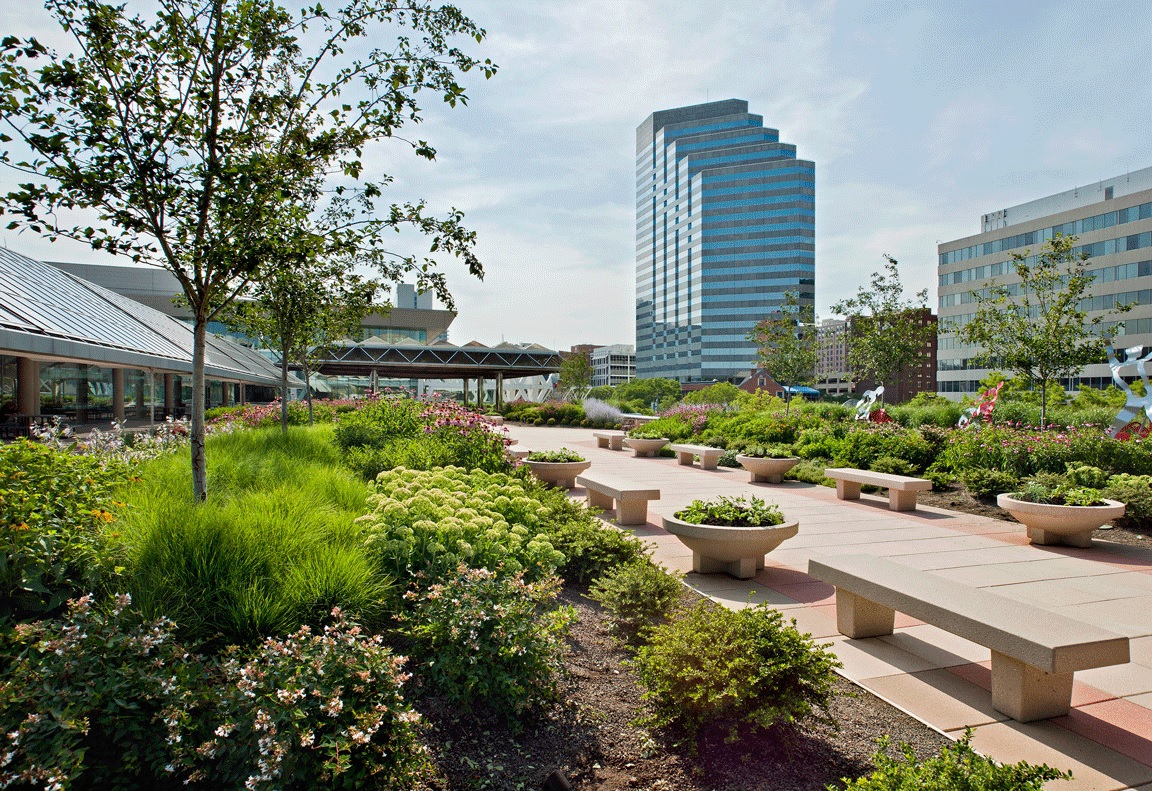
"Cities bring together the best and worst of the human condition. They concentrate opportunities for work, social networks, and cultural production, but they also expose deep social inequalities. Among the many forms of urban exclusion are limited access to transportation, housing, leisure, or safety issues. One form that is rarely discussed is thermal inequality. In lower-income neighborhoods, where there are fewer trees, parks, and permeable surfaces, heat accumulates and thermal discomfort dominates, resulting in higher energy consumption and health risks."
"Lower-income, often formerly redlined areas of cities, can feel 15 to 20 degrees hotter than wealthy, tree-covered areas, condemning tens of millions of families to summer misery."
"I became frustrated that, despite billions of dollars of foundation and government grants aimed at city projects to address urban heat, flooding, and related health costs, virtually all cities continued to get hotter and more flood-prone."
Cities concentrate work, social networks, and cultural production while exposing deep social inequalities. Urban exclusion includes limited access to transportation, housing, leisure, and safety. Thermal inequality emerges where lower-income neighborhoods lack trees, parks, and permeable surfaces, causing heat accumulation and persistent thermal discomfort. Elevated urban heat increases energy consumption and amplifies health risks for vulnerable populations. Formerly redlined areas can experience temperature differentials of 15 to 20 degrees compared with wealthier, tree-covered neighborhoods, condemning millions to summer misery. Billions in foundation and government grants have targeted urban heat and flooding, yet many cities continue to become hotter and more flood-prone.
Read at ArchDaily
Unable to calculate read time
Collection
[
|
...
]